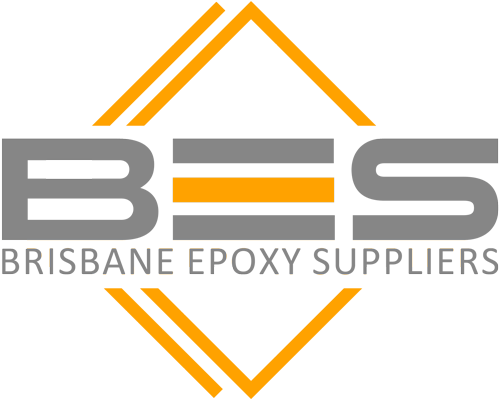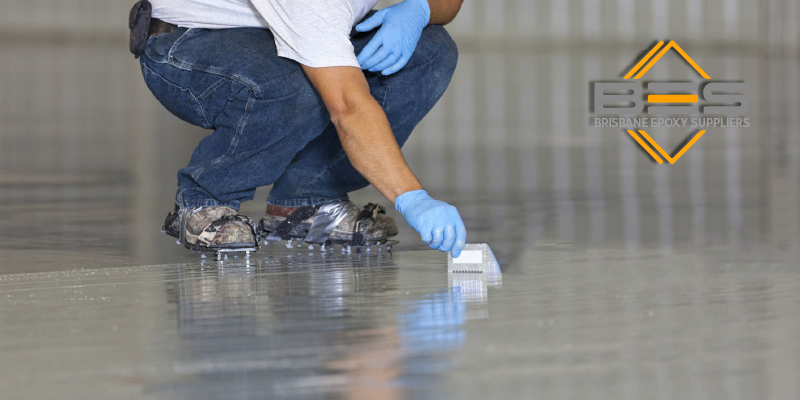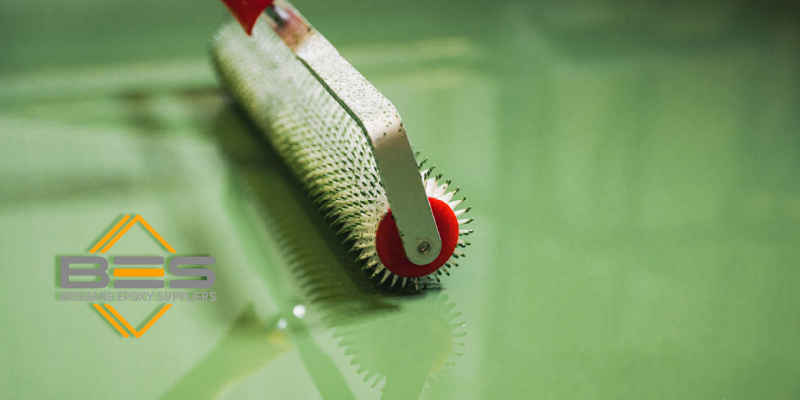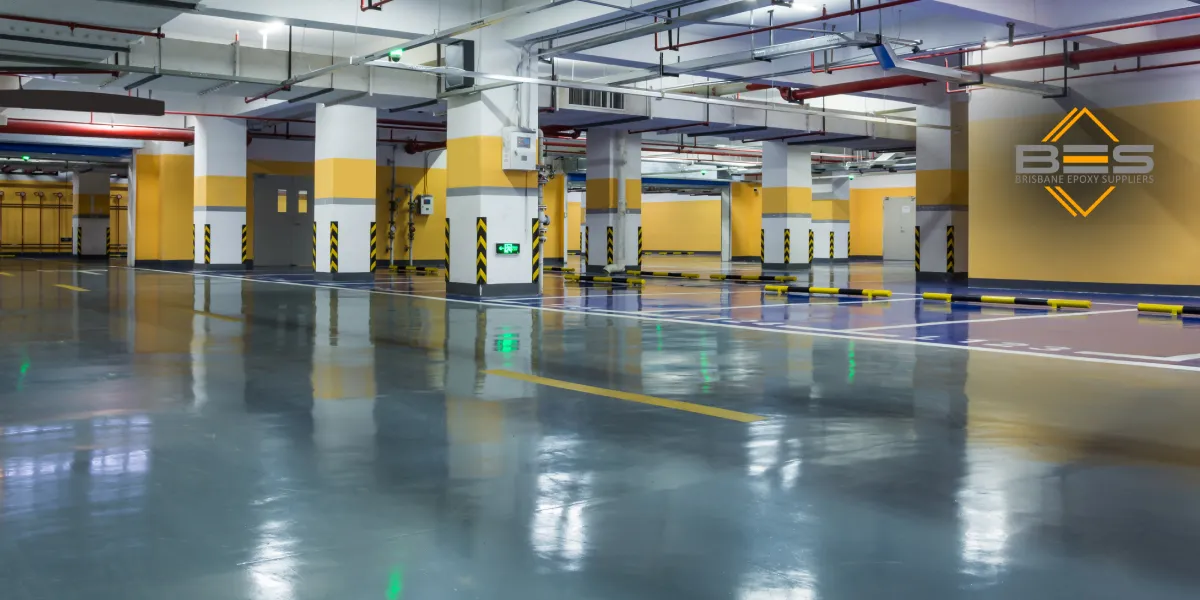Tools needed to do epoxy flooring
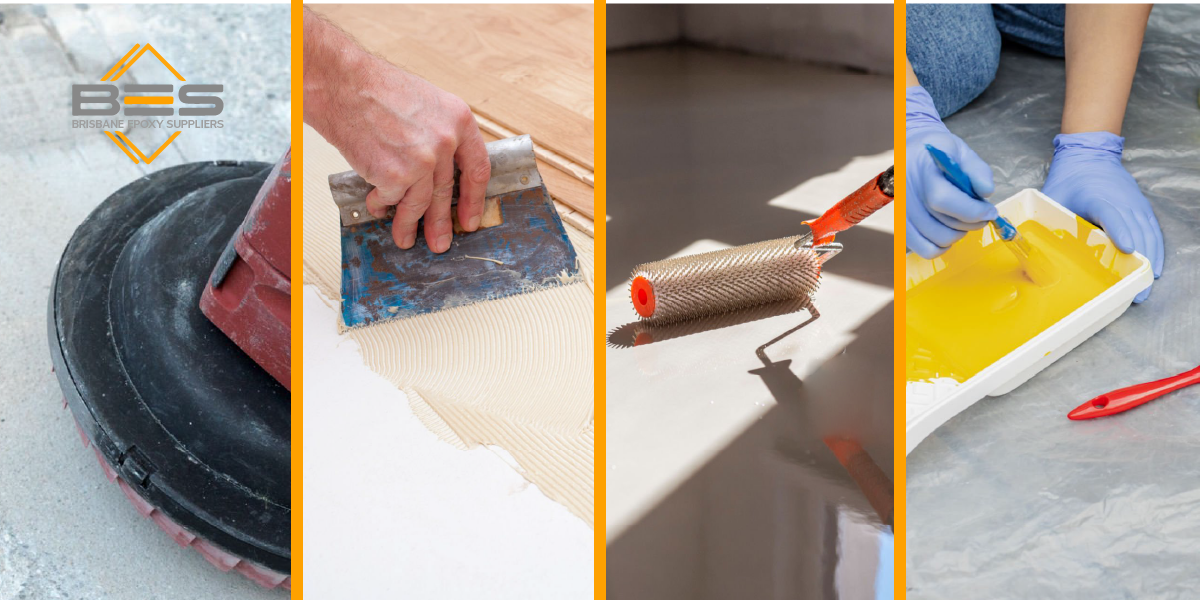
Whether you’re upgrading a garage, basement, or commercial space, epoxy flooring is a durable and attractive option. However, a flawless installation depends heavily on using the right equipment. In this blog, we’ll walk you through the essential tools needed to do epoxy flooring — from surface prep to application and finishing — so you can complete your project like a pro.
What are the essential tools for doing epoxy flooring?
Epoxy flooring can be considered a durable kind of flooring. It has gained popularity among people, and it has an appealing appearance. You can use it in various settings, from garages to commercial spaces. You need some tools to do epoxy flooring, including tools for safety, surface preparation, mixing, application, and finishing the epoxy flooring project. If you are looking to upgrade your basement, garage, or any other space, you can apply epoxy flooring. Having the right tools is the key to ensuring a successful installation. Here’s a guide to the tools you’ll need to do epoxy flooring.
Safety Gear: The First Step to Installing Epoxy Flooring
You should consider safety before starting any epoxy project. Equip yourself with safety glasses, gloves, a respirator mask, and protective clothing. You should use safety tools while doing epoxy flooring, since epoxy resin and hardener can emit harmful gases. So it is essential to protect yourself from gases and irritation. Gloves will protect your hands from coming into contact with the epoxy, while safety glasses protect your eyes from any splashes or fumes. A respirator mask is needed to protect your lungs from inhaling harmful vapors, while protective clothing will prevent skin irritation.
Surface Preparation Tools to do Epoxy Flooring
You should prepare the surface for applying epoxy flooring to your floor. Proper preparation can make a long-lasting and successful epoxy flooring. You need some essential tools to do epoxy flooring, including a floor grinder, a shop vacuum, a degreaser, and a crack chaser. A floor grinder or sander will remove any existing imperfections on the surface. It can create a clean and smooth base for the epoxy. You can use a shop vacuum to clean up any dust left behind by the grinding process. Now the surface is clean for applying the epoxy. A degreaser can be used to remove any oil or grease stains on the surface. Moreover, a crack chaser tool can create a clean channel for epoxy filling.
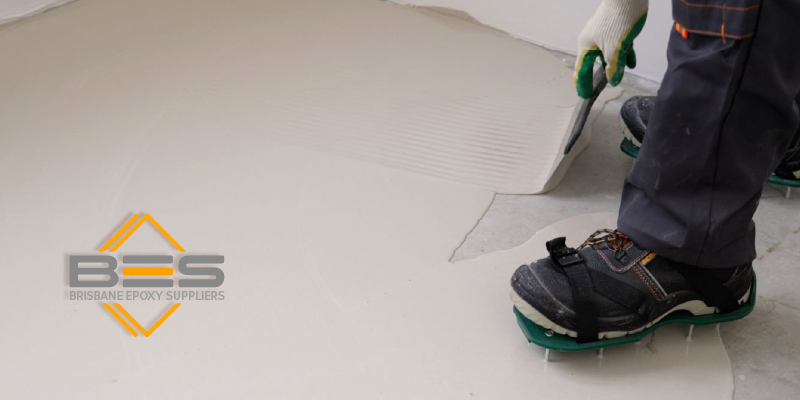
Mixing and Application tools to do epoxy flooring: having a Smooth Flow
Now, it’s time to mix and apply the epoxy. There are two main components to apply epoxy, including resin and hardener. You will need mixing tools, such as a mixing bucket, a drill, and mixing paddles. These tools will help you to completely mix the resin and hardener together. In the next stage, for applying epoxy flooring, there are several tools that you can use to make the surface smooth and even. You can use roller frames designed for epoxy application. Using roller frames can make the surface smooth and even. A squeegee or trowel helps spread epoxy evenly. It is mostly used in larger areas. Its flat edge spreads the epoxy, and the squeegee side removes air bubbles to achieve a smooth finish. A paintbrush is useful for reaching tight spaces and ensuring a clean finish on the edges and corners. Depending on your desired finish, you can use some additional tools to do epoxy flooring. A notched squeegee is used to apply thicker epoxy coatings. Additionally, if you want to walk on wet epoxy, spike shoes allow you to walk on it without leaving any footprint on the surface.
Finishing Touches for a Professional Epoxy Flooring
As you finish applying the epoxy, consider any finishing touches. A sealant or topcoat can be used to make the epoxy durable and glossy. The clear topcoat epoxy and a high-quality sealer will provide an additional layer of protection against scratches, stains, and UV damage. Using a paint tray will help you load the roller with the sealant. Additionally, a solvent like acetone or xylene is useful for cleaning epoxy tools and equipment.
Mastering the Epoxy Journey: Tips for Success
You should pay meticulous attention to details while applying epoxy flooring. It is important for you to have the right tools to do epoxy flooring. Consequently, it will help you achieve professional results when installing epoxy flooring.
Consider the size of your project when you choose the epoxy tools. Portable and small equipment might be more useful for smaller areas, and larger-capacity tools are used for larger spaces.
Remember to read the epoxy product instructions for specific mixing instructions, pot life (working time), and application techniques. You should plan the method before you start applying the epoxy flooring. Moreover, make sure that everything is readily available to avoid delays. Try to practice on a small area to get comfortable with the epoxy and tools before applying the epoxy to the entire floor. As long as you have the right tools to do epoxy flooring and follow the manufacturer’s instructions, epoxy flooring can make the look and functionality of your space better. All in all, investing in the proper tools to do epoxy flooring can help you achieve a perfect, sleek, long-lasting surface.
Conclusion
Achieving a smooth, long-lasting epoxy floor isn’t just about the resin and hardener — it’s also about preparation, technique, and having the proper tools on hand. By understanding the tools needed to do epoxy flooring and using them correctly, you’ll ensure a professional-quality result that’s both beautiful and durable. With the right gear and a little planning, your epoxy flooring project is set up for success.
